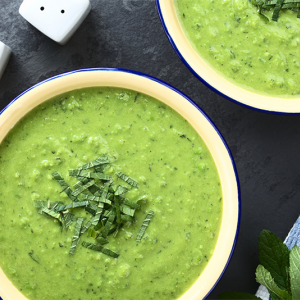REIKI

BOOK AN APPOINTMENT
What is Reiki?
The term Reiki can be translated as ‘universal life energy’. Reiki is both a personal spiritual practice and a Japanese healing art, the experience of which encourages a deep state of relaxation therefore reducing the effects of everyday stressors, as well as allowing the biological energy filed or ‘biofield’ to rebalance. Though a variety of Reiki systems have developed – all are based upon the original principles and practices of Mikao Usui (1865-1926).
The healing art of Reiki
When used as a healing modality, a Reiki treatment typically involves a hands-on session that creates a deeply relaxed and meditative state in the client. This can lead to reduced sensations of stress and anxiety, a promotion of wellbeing, and by inducing the relaxation response, an encouragement of the innate healing ability within each individual that can lead to a reduction in a variety of symptoms.
Reiki for both illness and everyday wellbeing
As Reiki is a non-invasive, gentle therapy, it can be experienced alongside both conventional and complementary medicine without interference. Reiki treatments are becoming more widely accepted in many care facilities around the world including hospital settings and hospices to encourage client wellbeing. However, Reiki sessions can also be used to deepen a client’s own spiritual or meditative practice, or be used as part of an ongoing strategy to maintain wellbeing in everyday life, by recharging and balancing the bioenergetic aspects of self.
What happens during a Reiki session?
Clients remain fully clothed at all times and typically lie on a treatment/massage table whilst the Reiki practitioner places their hands in various positions over the head, body and feet, sometimes on the body and sometimes slightly above. Whilst many Reiki practitioners follow a set sequence of hand positions moving at regular intervals during a session, others work more intuitively depending upon each individual.
It takes time to train in Reiki
Reiki practitioner training ranges from what are termed first and second degree, through to Master or Master Teacher levels, with recommended periods of time and practice occurring between each level. This is significant when choosing an experienced Reiki practitioner to work with. For example, the Australian Reiki Connection requires practitioners have six months to a year of regular practice between the first and second degree levels, and at least a further additional year before Reiki Master training takes place. For many practitioners the first degree is sufficient, however each level deepens the facilitators Reiki practice, with Reiki Master Teacher being the highest level of Usui Reiki whereby these practitioners are able to attune others to Reiki.
Reiki as a spiritual practice
The personal spiritual practice of Reiki involves daily contemplation upon and the everyday practice of what are called the five Reiki precepts. Although these precepts are part of the Reiki teachings, they hold relevance to everyone and may be incorporated into everyday life to help improve wellbeing:
Today…
Do not anger
Do not worry
Express gratitude
Work diligently
Be kind to others
(Translated from the memorial stone of Mikao Usui at the Seihoji temple in Tokyo)













